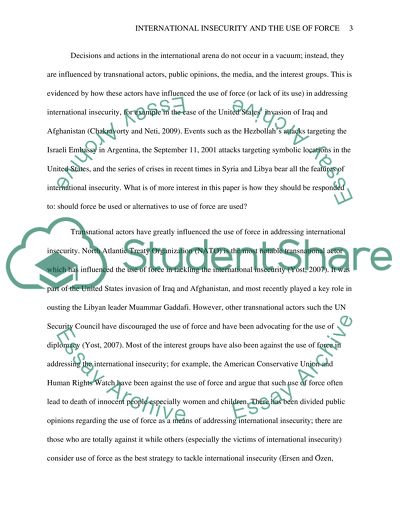Cite this document
(“International Insecurity and the Use of Force Research Paper”, n.d.)
International Insecurity and the Use of Force Research Paper. Retrieved from https://studentshare.org/history/1451249-international-insecurity-and-the-use-of-force
International Insecurity and the Use of Force Research Paper. Retrieved from https://studentshare.org/history/1451249-international-insecurity-and-the-use-of-force
(International Insecurity and the Use of Force Research Paper)
International Insecurity and the Use of Force Research Paper. https://studentshare.org/history/1451249-international-insecurity-and-the-use-of-force.
International Insecurity and the Use of Force Research Paper. https://studentshare.org/history/1451249-international-insecurity-and-the-use-of-force.
“International Insecurity and the Use of Force Research Paper”, n.d. https://studentshare.org/history/1451249-international-insecurity-and-the-use-of-force.


